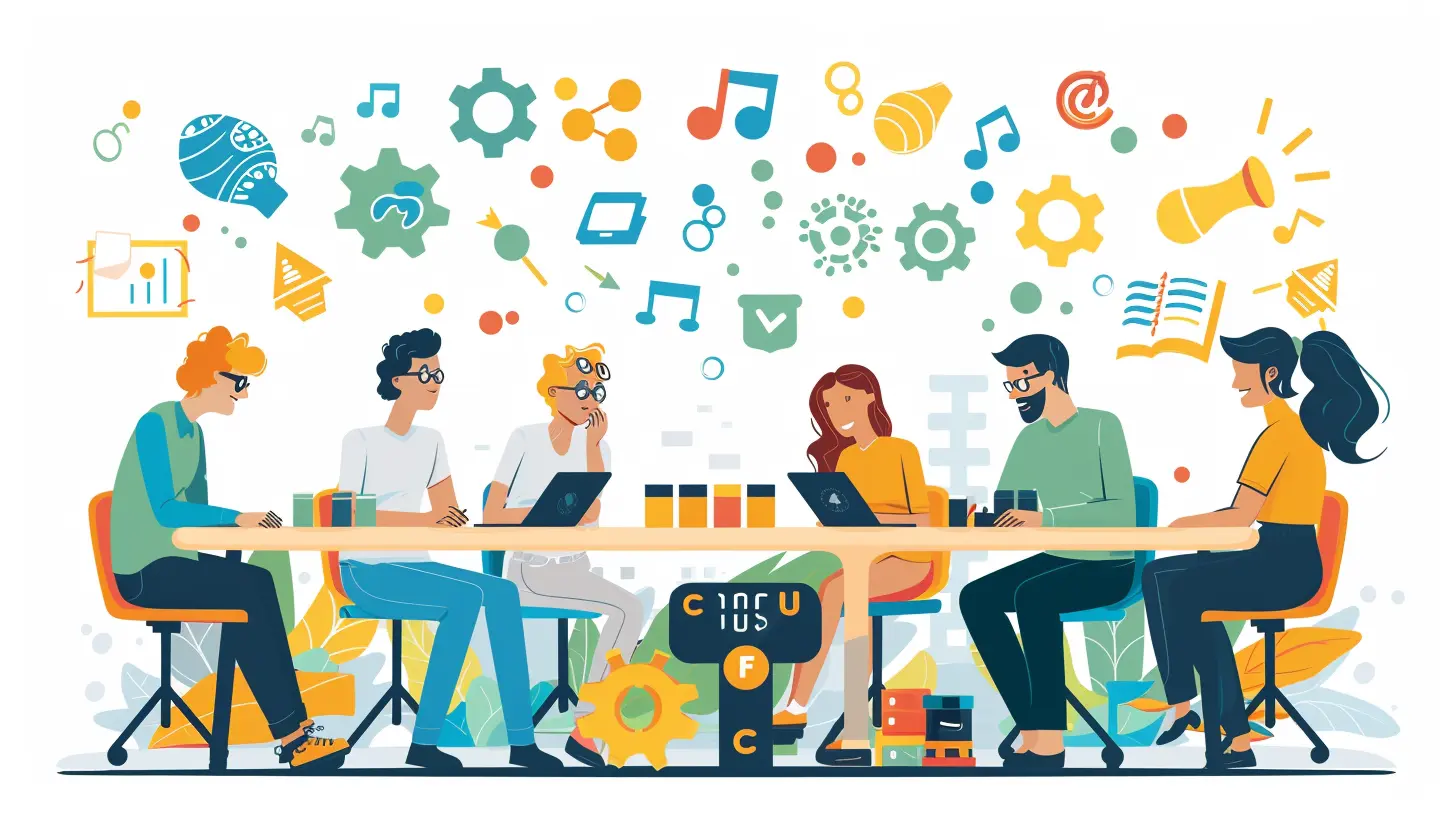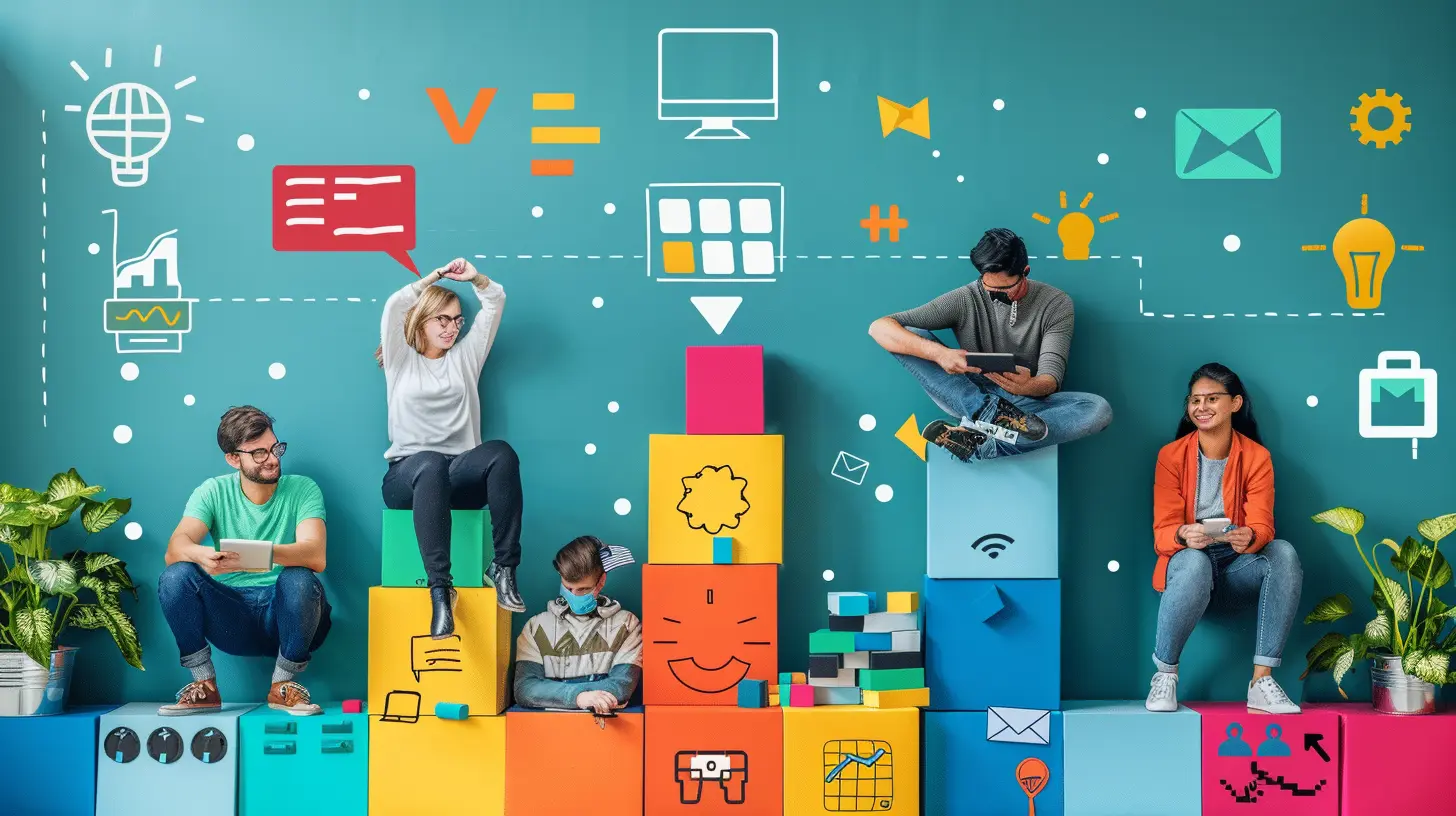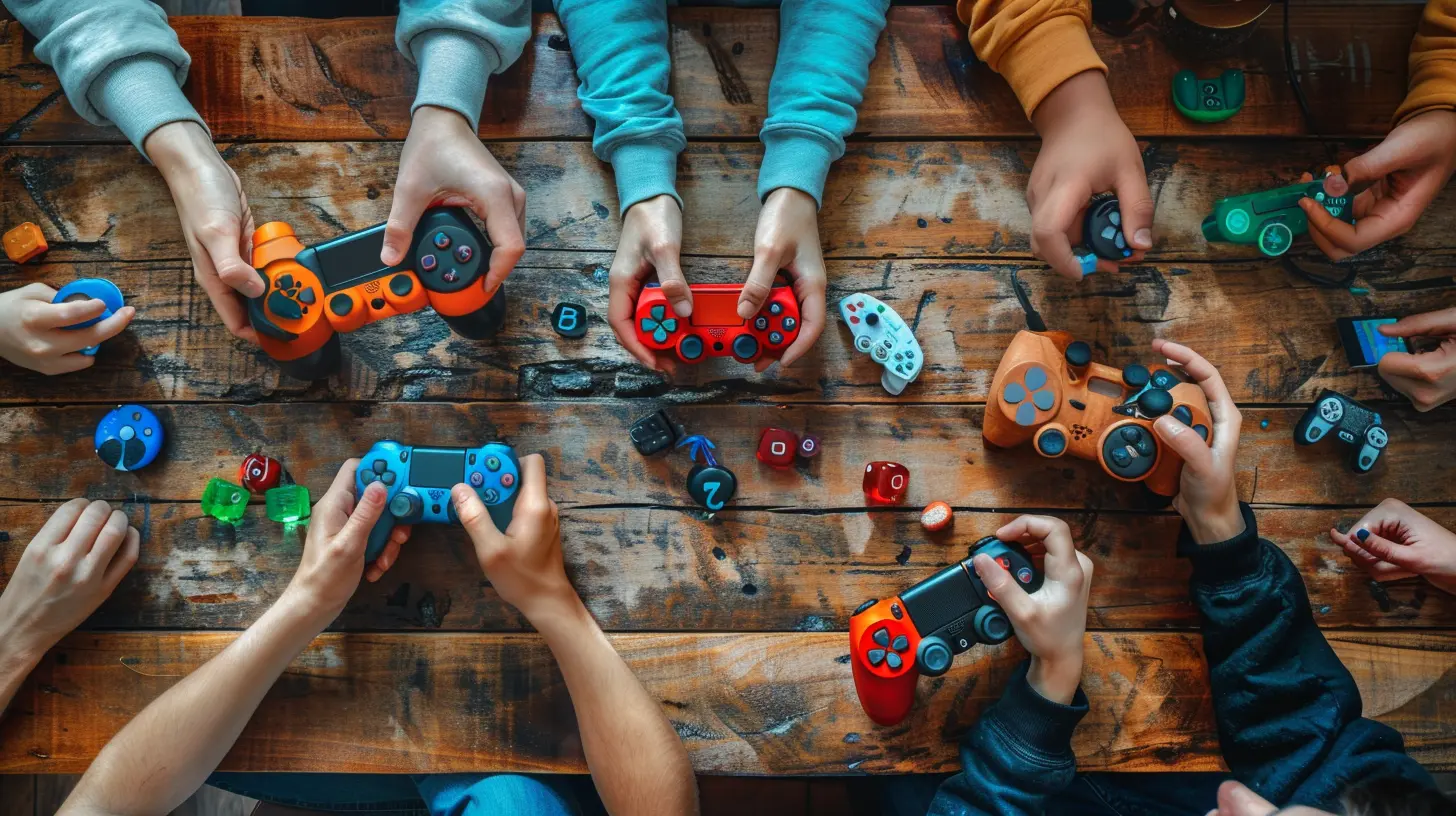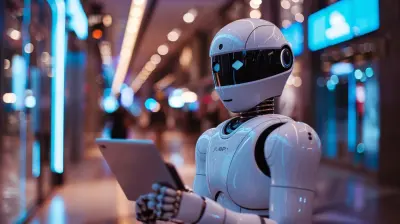Gamification: Engaging Employees for Better Performance
31 October 2025
Keeping employees engaged is one of the biggest challenges businesses face today. With distractions everywhere and job satisfaction levels fluctuating, how can companies keep their workforce motivated and productive? The answer: Gamification.
Gamification isn’t just a buzzword—it’s a powerful strategy that taps into human psychology to boost engagement, motivation, and overall performance. Let’s dive deep into how it works, why it’s effective, and how businesses can use it to their advantage.

What Is Gamification?
Gamification is the process of applying game-like elements—such as rewards, challenges, and leaderboards—to non-game environments like the workplace. It turns everyday tasks into engaging activities, making work feel more interactive and rewarding.Think about it: why do people spend hours playing video games? Because they get instant feedback, earn points, unlock achievements, and feel a sense of progress. Gamification brings these same principles into the workplace—giving employees goals, motivation, and a clear path to success.

Why Gamification Works
So why does gamification have such a profound impact on employees? The secret lies in human psychology.1. It Triggers Dopamine
When employees achieve a goal or earn a reward, their brain releases dopamine—the “feel-good” chemical. This creates a sense of pleasure and motivation, making them want to complete more tasks.2. It Encourages Healthy Competition
Leaderboards and challenges push employees to strive for excellence. They see their progress and compare it with their peers, which drives them to improve.3. It Provides Instant Feedback
Gamification offers real-time feedback. Unlike annual reviews, employees get instant recognition for their efforts, which keeps them engaged and motivated.4. It Makes Learning Fun
Training sessions can be dull, but adding gamification elements—like quizzes, badges, and progress tracking—makes learning feel like an adventure rather than a chore.
The Key Elements of Gamification
For gamification to be effective in the workplace, certain elements need to be present:1. Clear Goals and Challenges
There’s no fun in playing a game without an objective, right? Employees need well-defined goals and challenges to keep them engaged.2. Rewards and Recognition
Whether it’s points, badges, or real-world incentives, rewards keep employees motivated. Recognizing achievements—big or small—reinforces positive behavior.3. Progress Tracking
Just like in a video game where you can see your progress, employees should be able to track their accomplishments over time. This creates a sense of achievement.4. Healthy Competition
Leaderboards, rankings, and team competitions boost motivation and keep employees striving for success.5. Engaging Storylines
Some businesses even go a step further by adding narratives or themes to their gamification strategies. Think of it like an interactive adventure where employees are the heroes conquering tasks.
How Businesses Can Implement Gamification
Now that we know the benefits, let’s talk about how businesses can actually apply gamification strategies in a way that makes sense for their teams.1. Gamified Employee Training
Training can be boring—but gamification changes that. Companies can introduce:- Interactive quizzes with rewards for correct answers
- Badges for completing different training modules
- Progress bars to track learning milestones
This not only makes learning more enjoyable but also helps employees retain information more effectively.
2. Performance-Based Rewards System
Employees love recognition. Companies can introduce a points-based system where employees earn rewards for specific achievements, such as:- Completing tasks ahead of schedule
- Boosting sales or achieving performance goals
- Helping team members or solving critical problems
Offering small incentives—like gift cards, an extra day off, or even public recognition—can go a long way in boosting morale and motivation.
3. Gamified Task Management
Turning mundane tasks into engaging challenges makes work more exciting. Companies can:- Create a point system where employees earn rewards for completing daily tasks
- Use leaderboards to showcase top performers
- Implement time-based challenges to encourage efficiency
This ensures that even the most repetitive tasks feel rewarding and exciting.
4. Encouraging Collaboration Through Team-Based Games
Gamification isn’t just about competition—it can also bring people together. Businesses can:- Create team-based challenges where employees collaborate to win rewards
- Implement problem-solving games to encourage creative thinking
- Use engagement apps that allow employees to work together toward shared goals
This boosts teamwork and fosters a positive work culture.
5. Gamifying Customer Service and Sales
For customer-facing roles, gamification can have a direct impact on business success. Some companies:- Offer bonuses or incentives for reaching sales targets
- Gamify customer service by rewarding employees for positive customer feedback
- Use interactive dashboards to track sales progress in real-time
This keeps employees motivated to perform at their best while making work more engaging.
Real-World Examples of Gamification in the Workplace
1. Google’s Internal Training Games
Google uses gamification to train employees in areas like cybersecurity. Employees participate in interactive challenges where they must identify and solve security risks.2. Salesforce’s “Trailhead” Learning Platform
Salesforce offers a gamified learning platform called Trailhead, where employees earn badges, complete challenges, and track progress as they improve their skills.3. Microsoft’s Productivity Games
Microsoft gamified its productivity by introducing competition-based rewards for task completion. This encouraged employees to stay on track and complete objectives efficiently.
Common Mistakes to Avoid When Implementing Gamification
While gamification can be a game-changer, it’s important to do it right. Here are some common mistakes businesses should avoid:1. Overcomplicating the System
Gamification should be fun and simple. If the system is too complex, employees might find it confusing or lose interest.2. Using Meaningless Rewards
Not all incentives are effective. Employees need valuable rewards that genuinely motivate them. Giving out pointless badges with no real benefits won’t drive engagement.3. Encouraging Unhealthy Competition
While a little competition is great, too much can create a toxic work environment. The focus should be on improvement and teamwork rather than just ranking employees.4. Ignoring Employee Feedback
If employees don’t find the gamification system engaging, it won’t work. Companies should regularly gather feedback and optimize their gamification strategies.The Future of Gamification in the Workplace
As technology advances, gamification will only become more sophisticated and effective. With AI, virtual reality, and data-driven insights, businesses will be able to create even more engaging and personalized gamified experiences.Imagine employees using VR simulations for training, AI-powered task management games, or interactive dashboards that adapt to their individual performance. The possibilities are endless!
Final Thoughts
Gamification isn’t just a fancy trend—it’s a proven way to boost employee engagement, motivation, and performance. By making work feel more interactive and rewarding, businesses can create happier, more productive teams.So, if you’re looking for a way to keep your employees motivated and engaged, it might be time to press “start” on gamification. Who said work can’t be fun?
all images in this post were generated using AI tools
Category:
Workplace ProductivityAuthor:

Ian Stone
Discussion
rate this article
1 comments
Opal Gates
Unlocking the secret to employee engagement might just lie in the playful realm of gamification. But beware: what appears as innocent fun could hide deeper motivations and unexpected consequences. Are we truly empowering our teams, or simply crafting an illusion of productivity? The game has only just begun.
October 31, 2025 at 3:37 AM

Ian Stone
Thank you for your insightful comment! Gamification can indeed enhance engagement, but it's essential to balance enjoyment with genuine empowerment to avoid superficial productivity. Let’s ensure our strategies foster real connections and growth.


